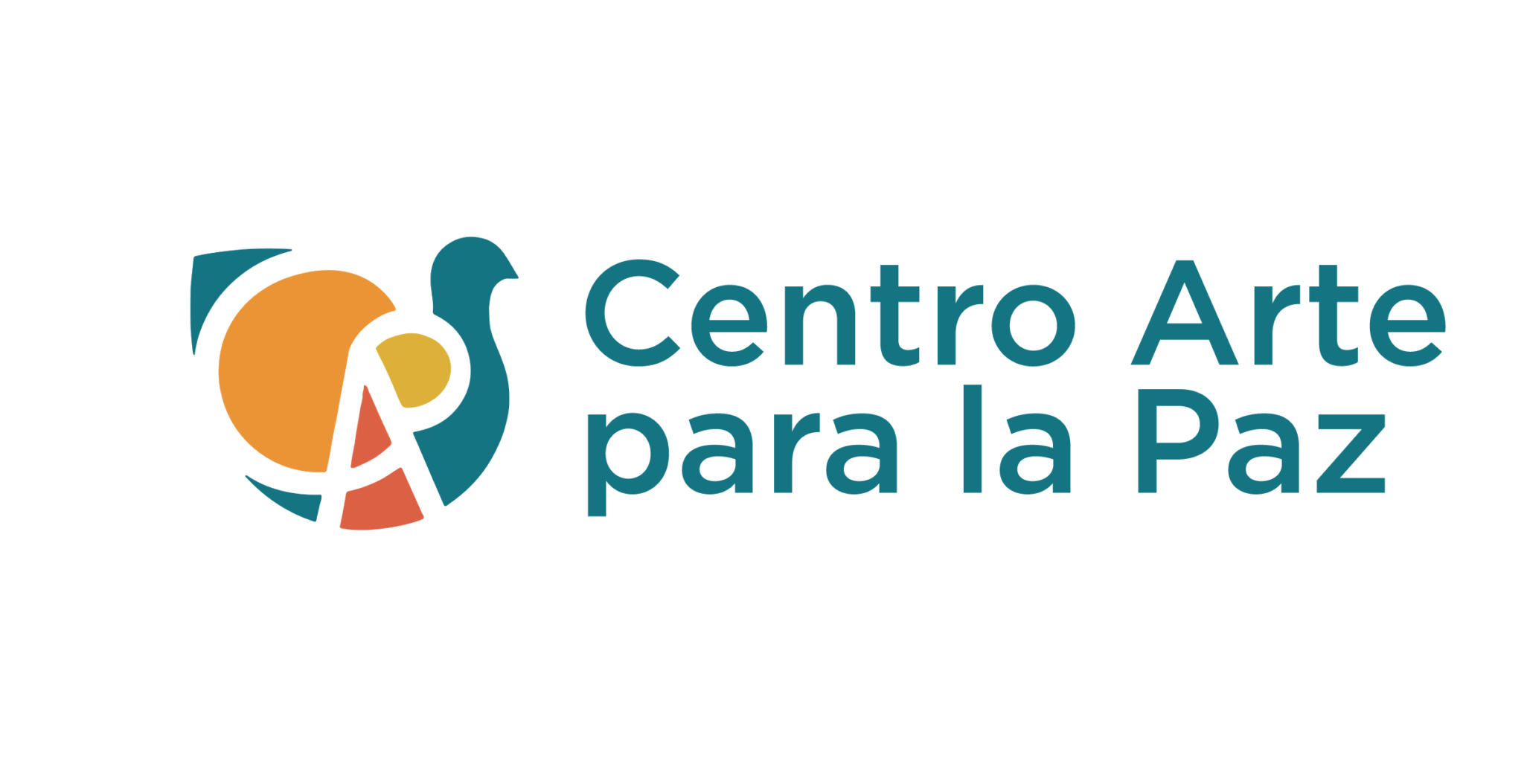
Three generations, two stories
dos historias
2012 – 2013
Third exhibition:
Since its founding as a city on July 15, 1858, Suchitoto has shown constant growth. However, among its inhabitants there are two important events that have profoundly marked the history of this city. The approach to individual and collective memories through the exhibition "Three generations, two stories" allows us to delve into historical memory with events that implied great transformations for the municipality and its inhabitants.
With the testimonies, experiences and memories of the men and women of Suchitoto, we let the living memory speak from the bosom of the family: three different generations narrate their two stories.
Suchitlán Lake
The origin of what is known as Lake Suchitlán begins with the construction of the Cerrón Grande Hydroelectric Dam between 1972 and 1975.
Through the testimony of the families, we will learn how this Cerrón Grande project, although it meant the production of more electricity, also implied the loss of fertile arable land, the closure of important communication and trade routes between the department of Cuscatlán and Chalatenango, and the change in the customs and identities of the local inhabitants.
Although Lake Suchitlán represents an important pole of economic development linked to fishing and tourism, the inhabitants of the surrounding area also recognize and report with concern the increase in pollution that constantly reaches the lake, as it is the mouth of the Sucio, Acelhuate and Lempa rivers.


The War
The second key event was the Salvadoran armed conflict between 1980 and 1992, which, according to Suchitoto residents, marked a before and after in the town's contemporary history.
Since the end of the seventies, the city experienced a series of events that announced the outcome of the Civil War. According to residents, during those years Suchitoto became a ghost town due to migrations, massacres, persecutions, disappearances and fighting. The urban center was most intensely affected during 1984 and 1985, especially Barrio La Cruz and the outlying areas of the city.
During this time, families left their homes and many migrated to shelters both inside and outside the country. The city was, by then, inhabited by very few families who lived in confinement because of the curfews and the fences imposed by a military base. Hundreds of stories and anecdotes related to the experiences lived during this period circulate among the population. Finally, it is not until 1992 that the major demobilization of the population going back to their land finally begins, where they form settlements known today as "communities" that integrated the groups of newly arrived repopulators.
